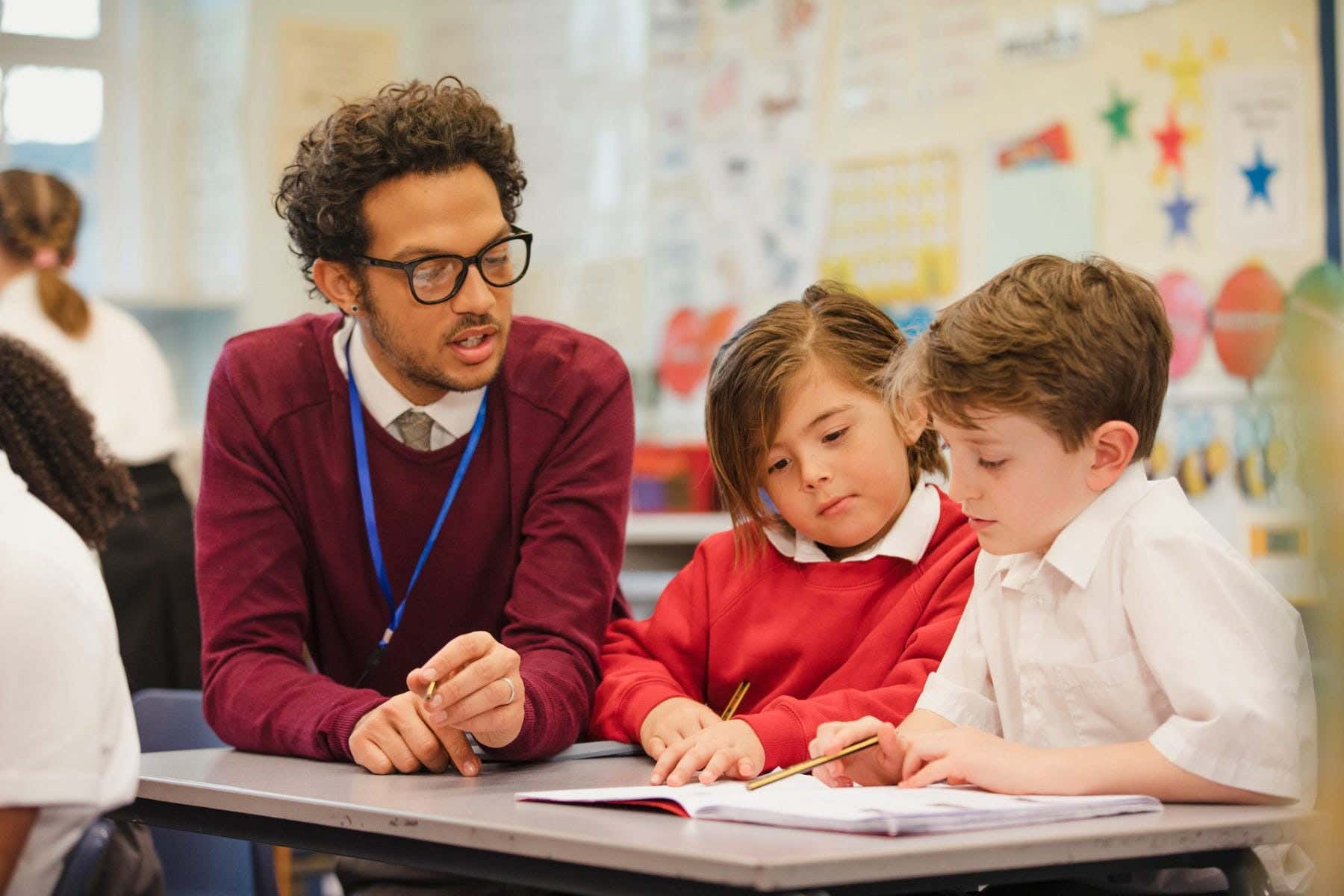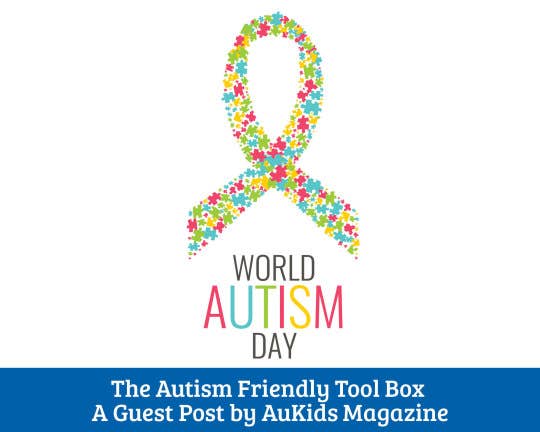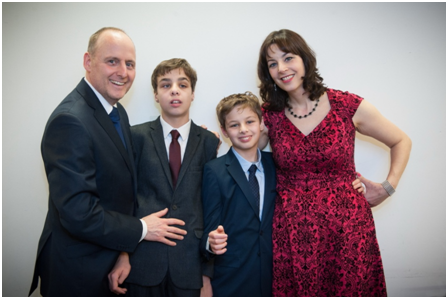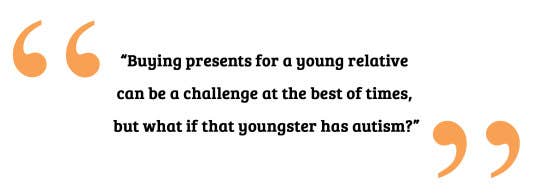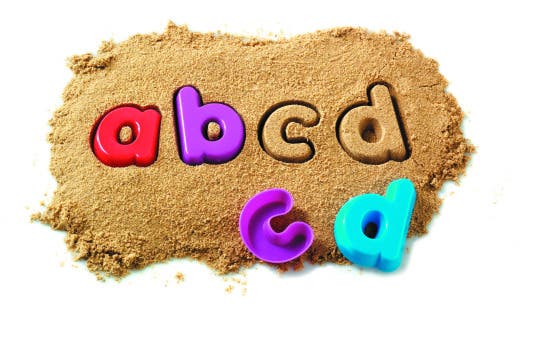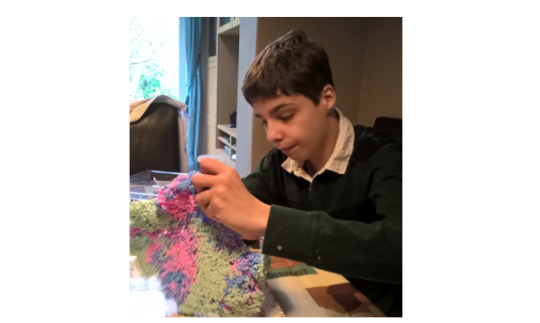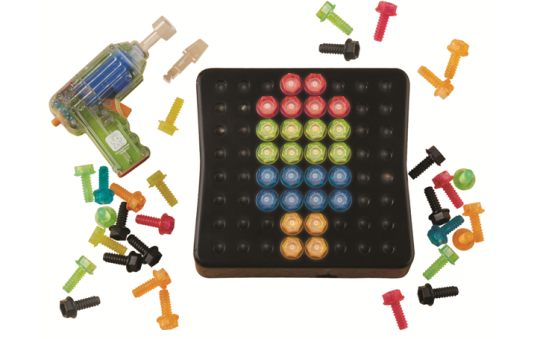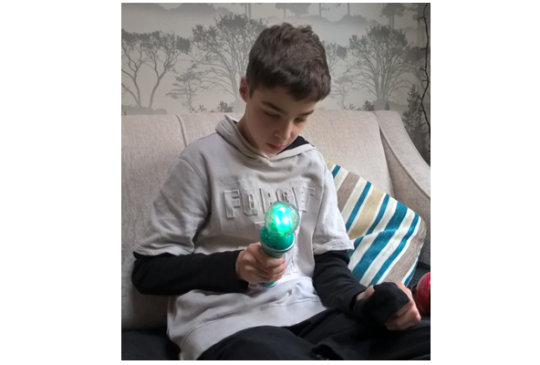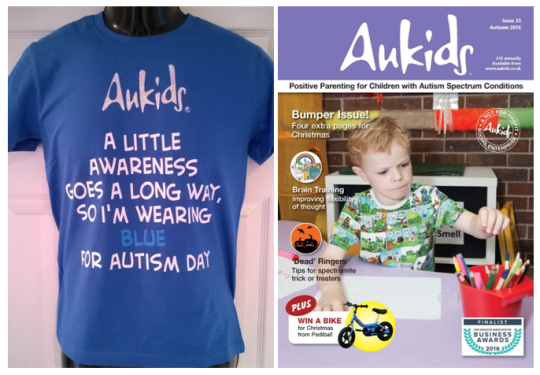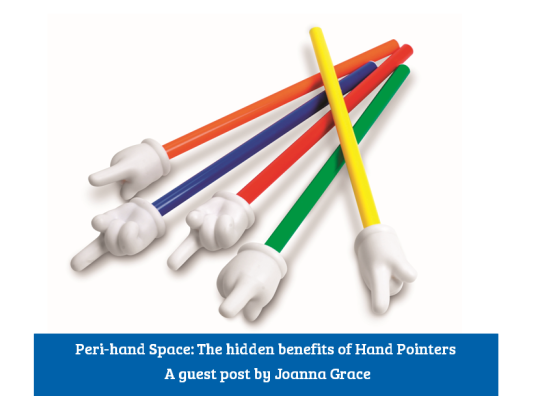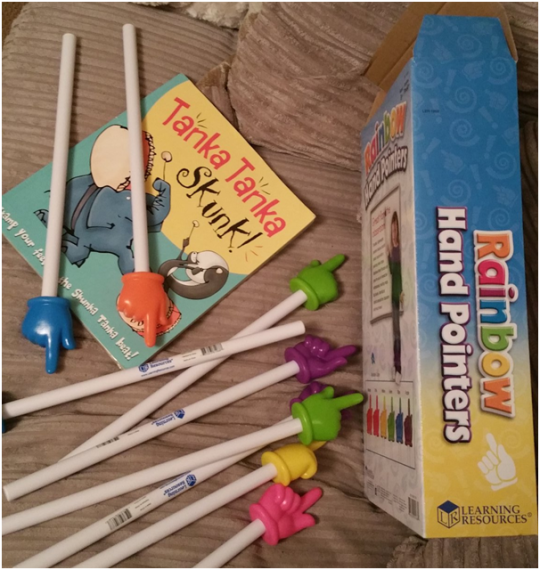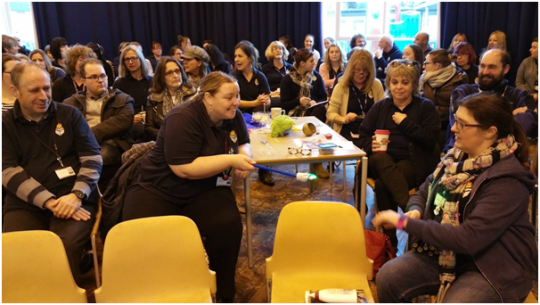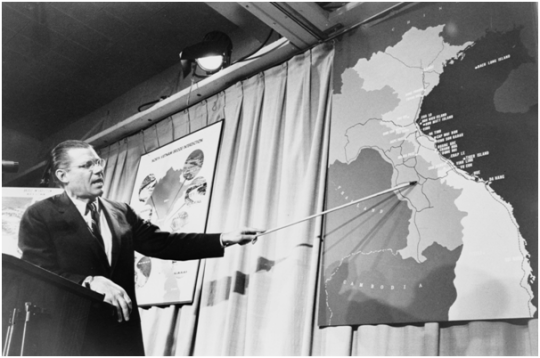Building Brain Power with Sensory Play: A Guest post by Jackie Edwards
- Laura Hutchinson Posted On Aug 31, 2017 | Early Years
Author: Jackie Edwards from Fractus LearningJackie is a mum of two and an editor, researcher and writer. One of her children is on the autism spectrum and she actively finds ways to help her daughter achieve a sense of peace and freedom. She has carried out a lot of research on the impact of sensory environments on brain development and has teamed up with Learning Resources to share ideas for creating sensory environments at home. Building Brain Power with Sensory PlayWhen you hear the words ‘squashy’, ‘oozy’, ‘scratchy’ and ‘sloppy’, you know that children are fully engaged with their senses. They’re using their hands, eyes, ears, noses and mouths to explore and make sense of the world. Just watch their fascination and concentration as they swirl their wellie-clad feed through wet mud or run cooking ingredients repeatedly through their fingers. You’re observing the power of sensory play in action - a style of play that has enormous developmental potential: it can build connections in the brain and support learning, thought and creativity. Powering up the brainFor over a century, sensory play has been valued by a host of renowned child educationalists such as Dewey and Montessori. Yet it’s only recently that we’ve discovered that sensory play is fundamental for brain development. Scientists have shown that at birth, a multitude of unprogrammed neurons in the brain are awaiting connection. Sensory experiences in early childhood fire up these connections between the neurons. The more sensory experiences, the stronger the connections and the easier it is for us to think, understand and remember.The visible fruits of sensory play EI-5115 GeoSafari® Jr. Underwater Explorer Boat and Magnifier When a child is engaged in sensory play, not only is the brain undergoing powerful transformations but there are also very visible signs of learning in areas of language, motor skills and social development. Language skillsSensory play can encourage new ways of talking about the world. Not only does it give meaning to descriptive words like smooth and sticky, but it can also prompt further discussions. No longer is water merely just ‘wet’, it’s also ‘runny, ‘ripply’ and ‘splashy’. Motor skillsSensory experiences often demand the use of gross motor skills, such as jumping in puddles or dancing to music, or fine motor skills such as mark-making with sticks in mud or rubbing grainy sand between fingers. Both types of action will help build physical strength. Social and emotional development Besides sensory experiences initiating social interaction, they also provide the ideal setting for independent exploration, testing ideas and problem-solving. How to create sensory environments
EI-5115 GeoSafari® Jr. Underwater Explorer Boat and Magnifier When a child is engaged in sensory play, not only is the brain undergoing powerful transformations but there are also very visible signs of learning in areas of language, motor skills and social development. Language skillsSensory play can encourage new ways of talking about the world. Not only does it give meaning to descriptive words like smooth and sticky, but it can also prompt further discussions. No longer is water merely just ‘wet’, it’s also ‘runny, ‘ripply’ and ‘splashy’. Motor skillsSensory experiences often demand the use of gross motor skills, such as jumping in puddles or dancing to music, or fine motor skills such as mark-making with sticks in mud or rubbing grainy sand between fingers. Both types of action will help build physical strength. Social and emotional development Besides sensory experiences initiating social interaction, they also provide the ideal setting for independent exploration, testing ideas and problem-solving. How to create sensory environments EI-9268 Playfoam® Class Set As a parent or teacher, it is important to provide opportunities for sensory learning. Here are a few easy and cost-effective ideas:
EI-9268 Playfoam® Class Set As a parent or teacher, it is important to provide opportunities for sensory learning. Here are a few easy and cost-effective ideas:
 EI-5115 GeoSafari® Jr. Underwater Explorer Boat and Magnifier When a child is engaged in sensory play, not only is the brain undergoing powerful transformations but there are also very visible signs of learning in areas of language, motor skills and social development. Language skillsSensory play can encourage new ways of talking about the world. Not only does it give meaning to descriptive words like smooth and sticky, but it can also prompt further discussions. No longer is water merely just ‘wet’, it’s also ‘runny, ‘ripply’ and ‘splashy’. Motor skillsSensory experiences often demand the use of gross motor skills, such as jumping in puddles or dancing to music, or fine motor skills such as mark-making with sticks in mud or rubbing grainy sand between fingers. Both types of action will help build physical strength. Social and emotional development Besides sensory experiences initiating social interaction, they also provide the ideal setting for independent exploration, testing ideas and problem-solving. How to create sensory environments
EI-5115 GeoSafari® Jr. Underwater Explorer Boat and Magnifier When a child is engaged in sensory play, not only is the brain undergoing powerful transformations but there are also very visible signs of learning in areas of language, motor skills and social development. Language skillsSensory play can encourage new ways of talking about the world. Not only does it give meaning to descriptive words like smooth and sticky, but it can also prompt further discussions. No longer is water merely just ‘wet’, it’s also ‘runny, ‘ripply’ and ‘splashy’. Motor skillsSensory experiences often demand the use of gross motor skills, such as jumping in puddles or dancing to music, or fine motor skills such as mark-making with sticks in mud or rubbing grainy sand between fingers. Both types of action will help build physical strength. Social and emotional development Besides sensory experiences initiating social interaction, they also provide the ideal setting for independent exploration, testing ideas and problem-solving. How to create sensory environments EI-9268 Playfoam® Class Set As a parent or teacher, it is important to provide opportunities for sensory learning. Here are a few easy and cost-effective ideas:
EI-9268 Playfoam® Class Set As a parent or teacher, it is important to provide opportunities for sensory learning. Here are a few easy and cost-effective ideas:- Shadow puppets - Simply use a torch and your hands!
- Vegetable printing - Slice vegetables in half to create different shape stamps
- Flavoured sculpting materials - Use herbs and spices, such as cinnamon and dried mixed herbs
- Coloured sand - Mix in grated chalk to give colour to sand
- Rose petal perfumes - Add petals to a little water
- Frozen small world - Create a mini north pole with ice and arctic figures
- Clay faces on trees - Stick modelled clay faces to the trunks of trees


